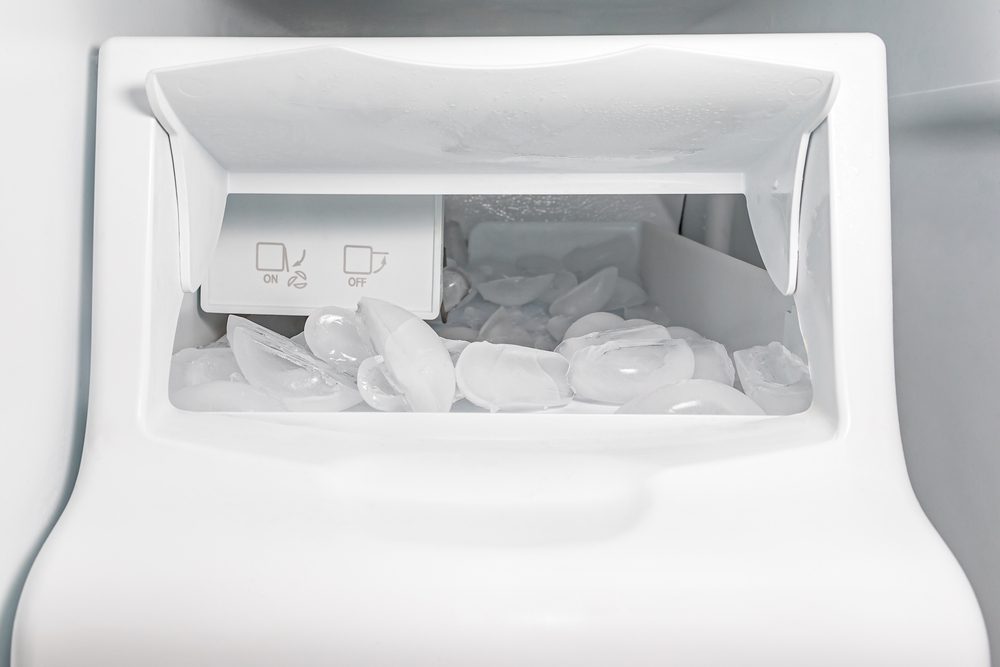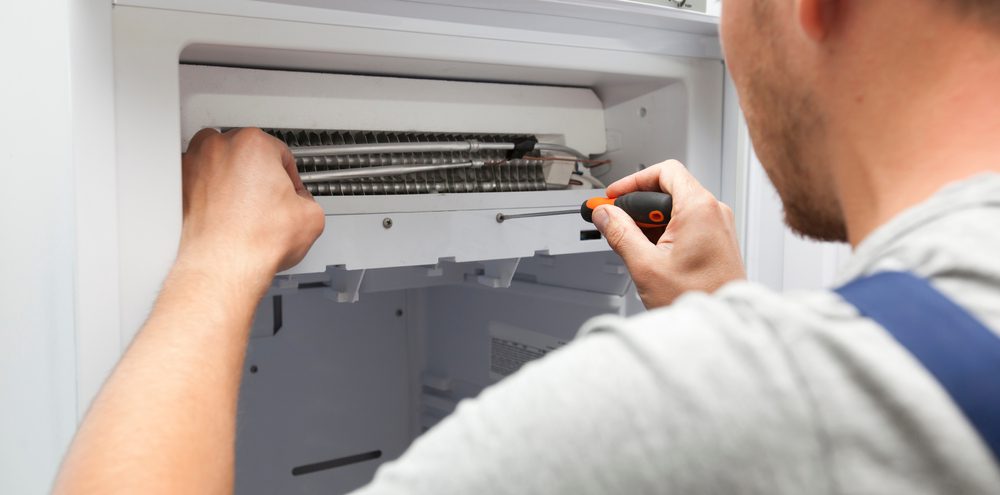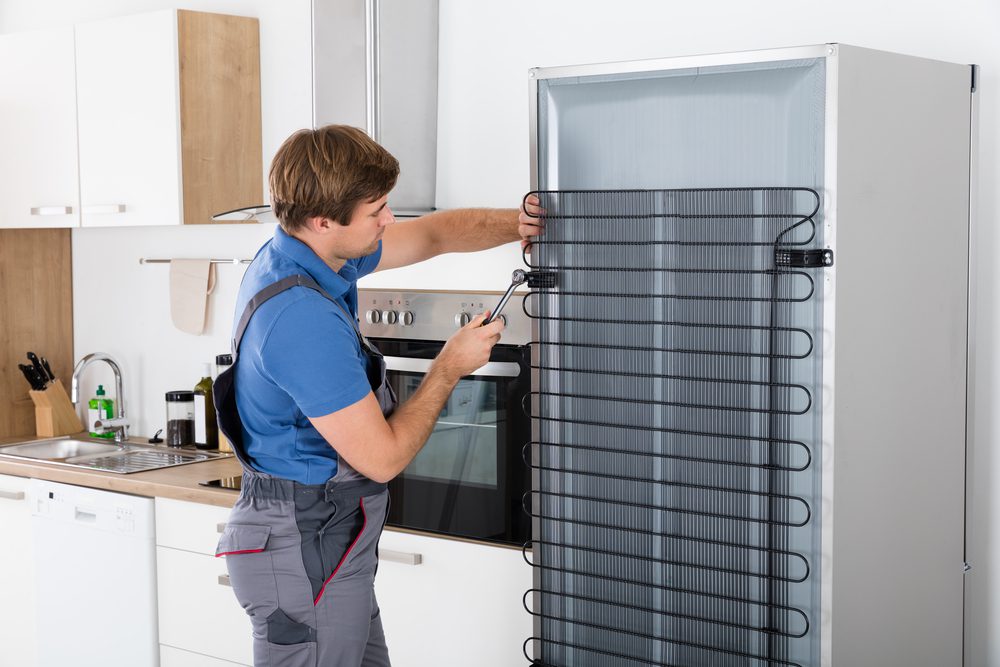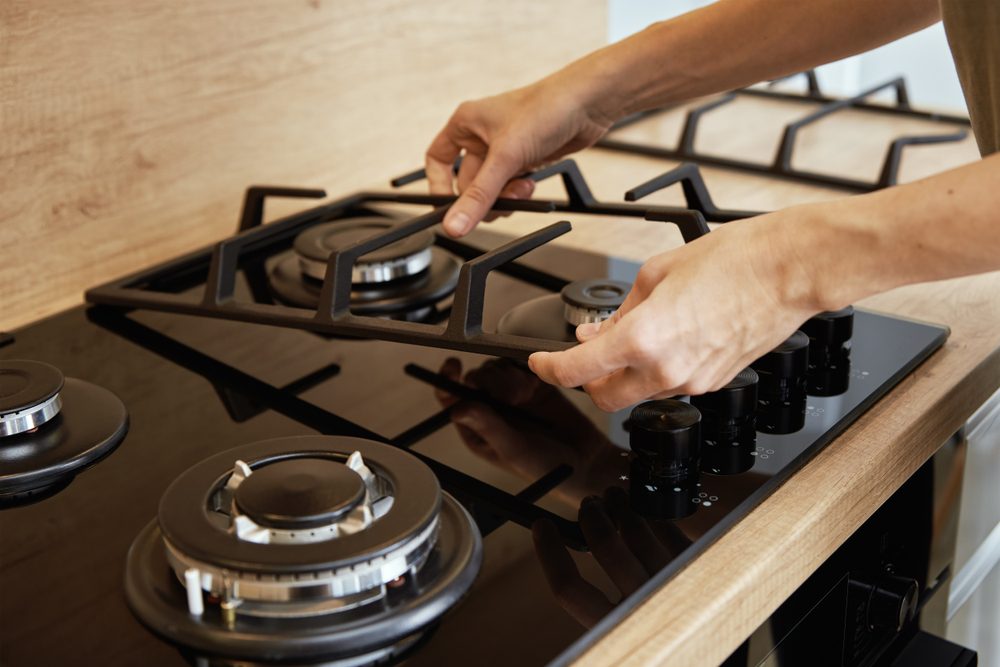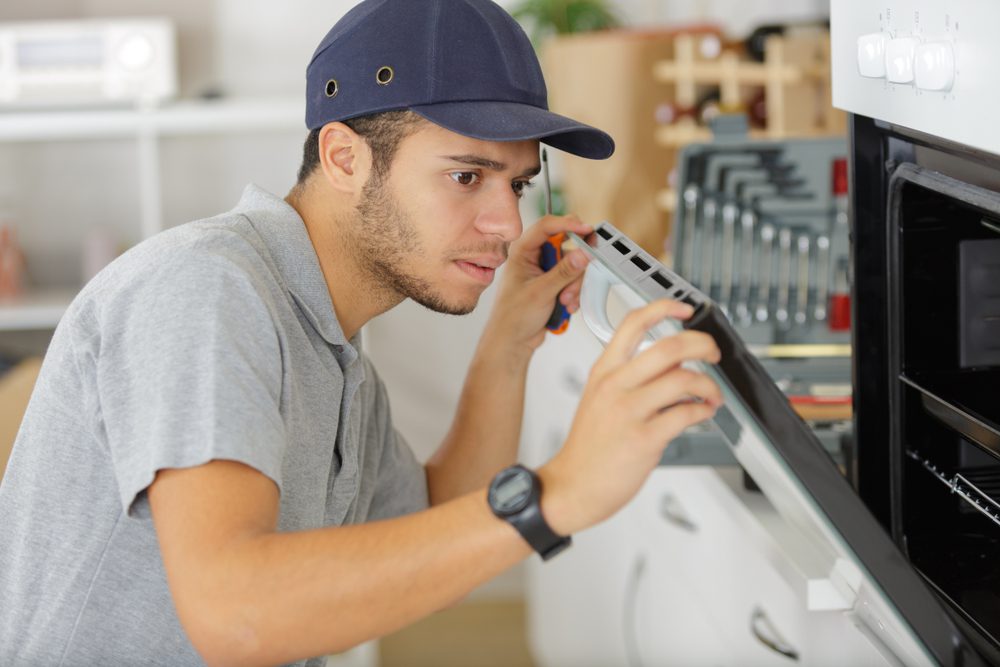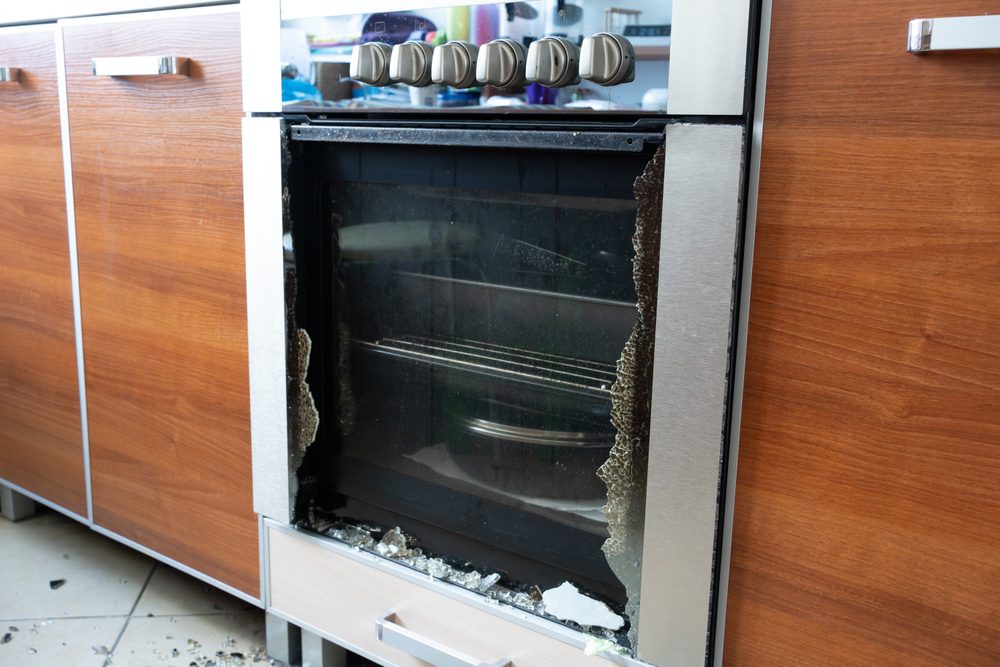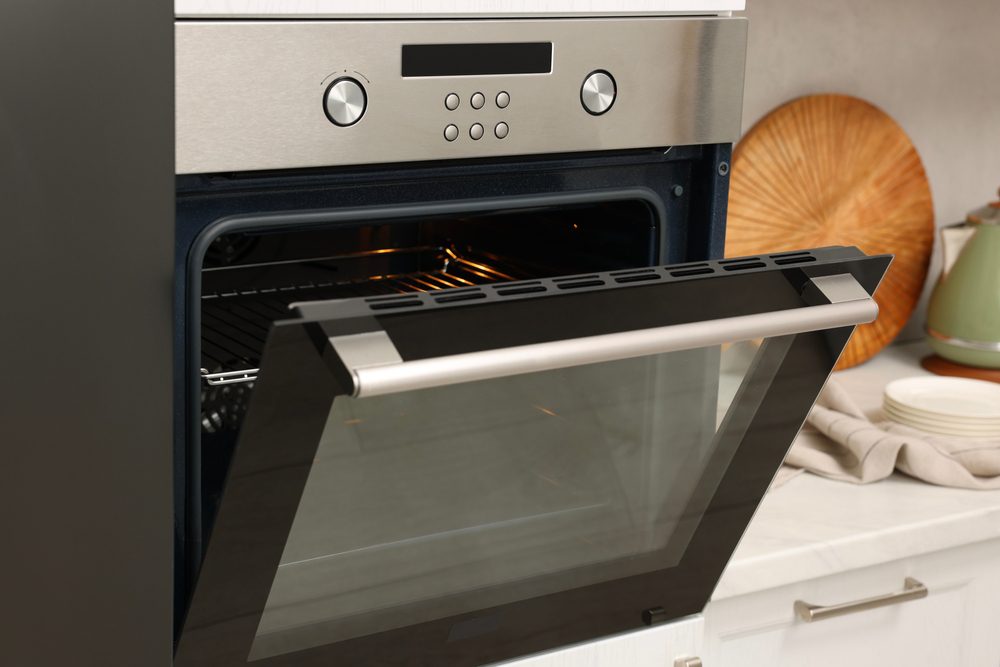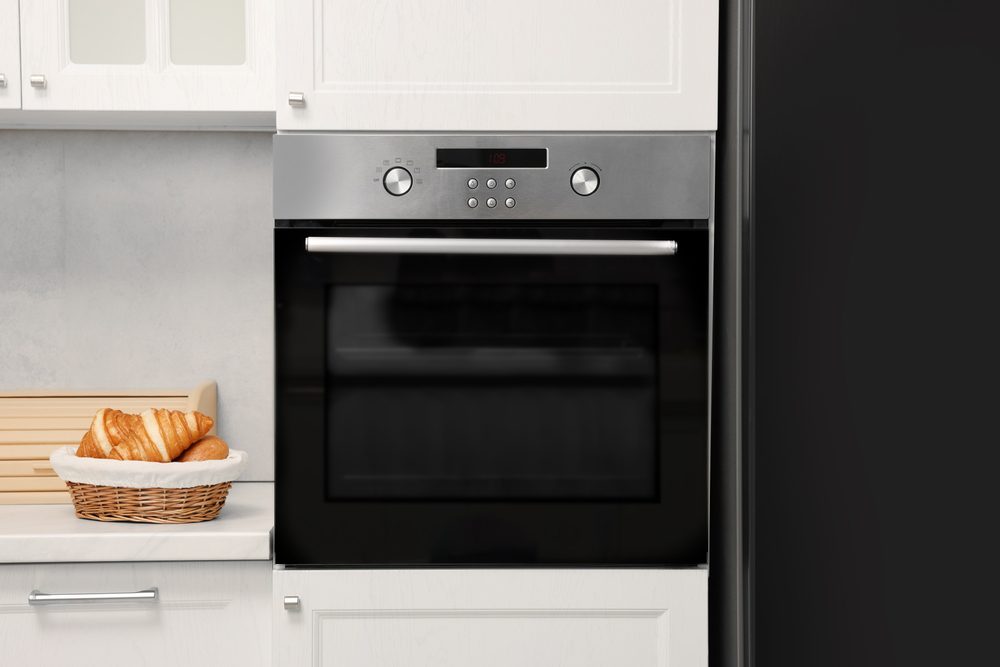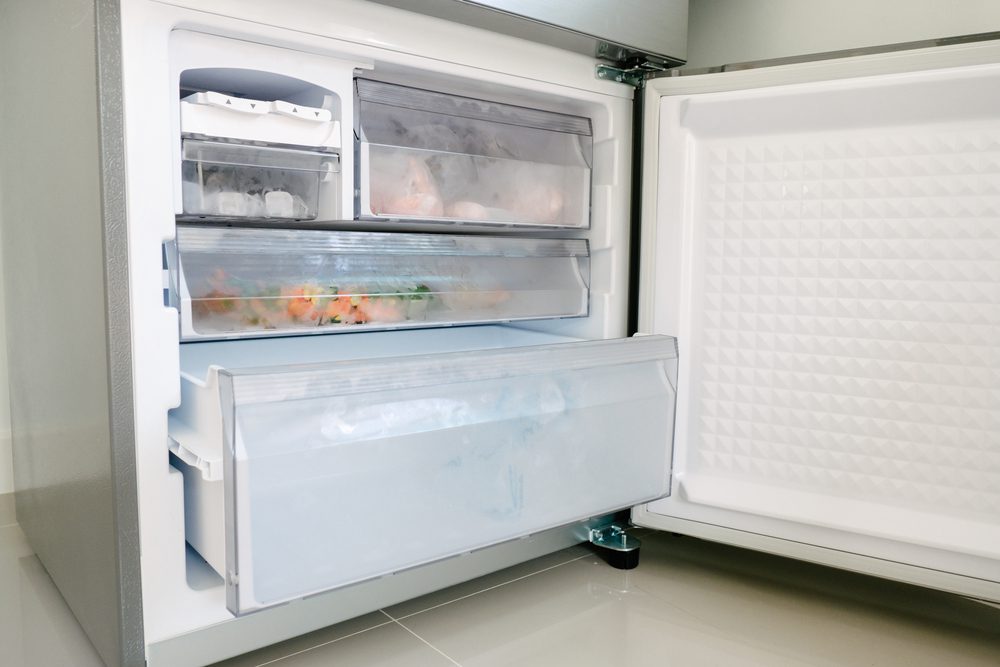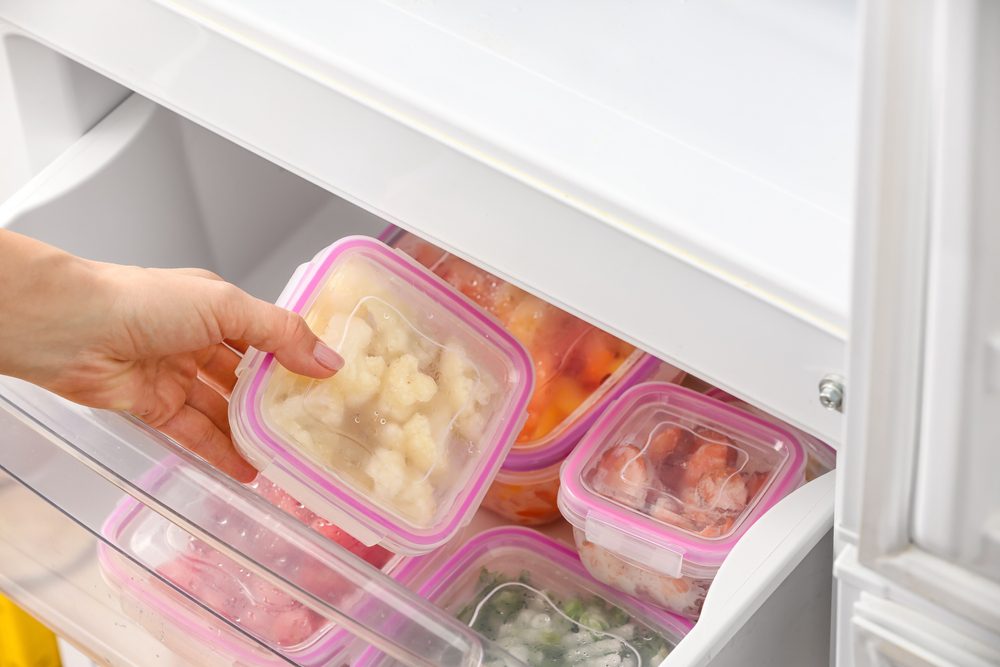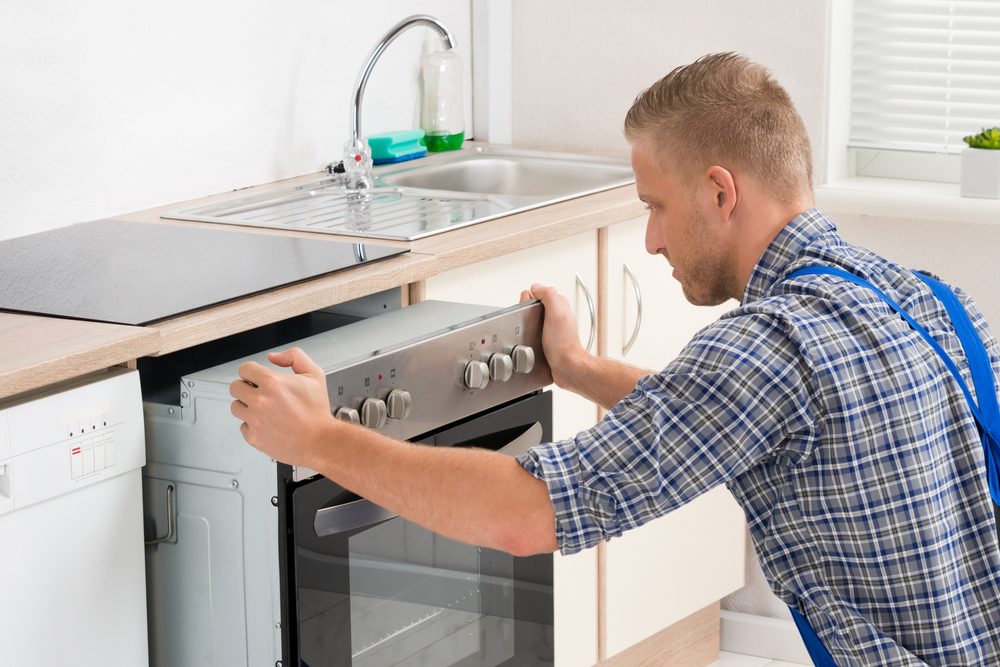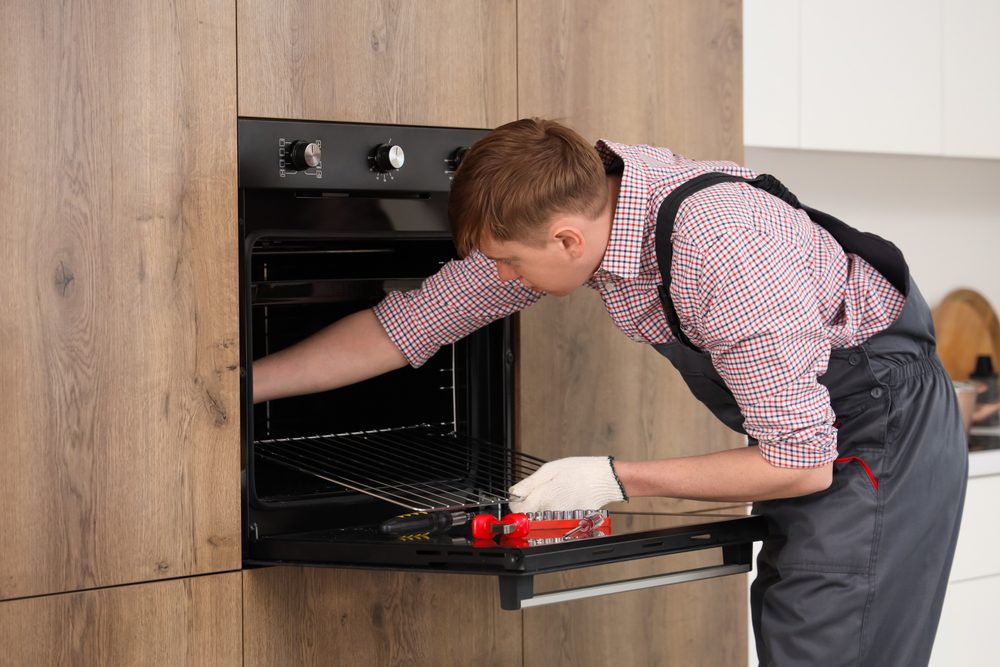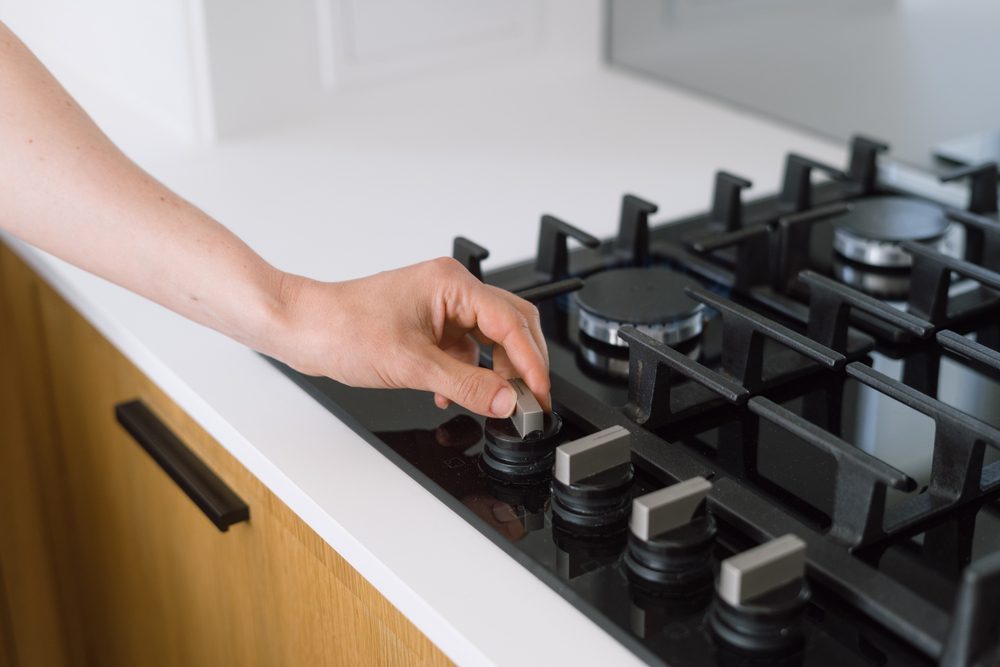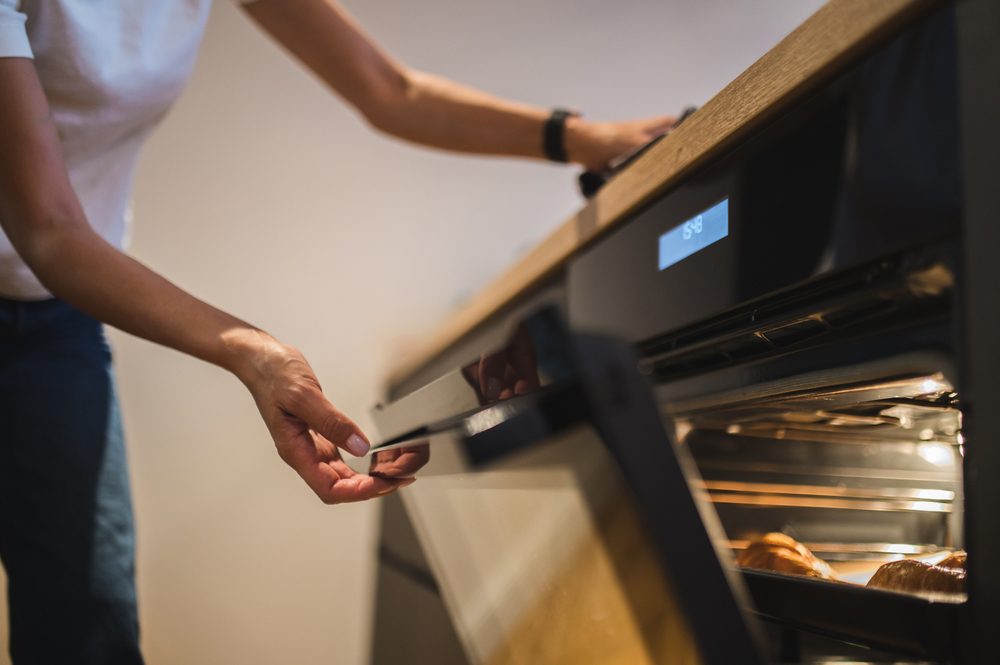An ice maker is one of those modern conveniences you don’t think about—until it stops working.
But what causes an ice maker to stop working?
Before assuming the worst, there are a few things you can check that might get it back up and running without calling in a repair.
Common Reasons Your Ice Maker Isn’t Producing Ice
If your ice maker has decided to take an unscheduled break, don’t panic. The issue is often simple and easy to fix.
1. The Water Supply is Blocked
No water, no ice—plain and simple. If your ice maker isn’t making ice, check if the water line is kinked, frozen, or clogged. Sometimes, mineral deposits can build up, preventing proper water flow.
2. The Freezer Temperature is Too High
Ice makers operate best when the freezer is at or below 0°F (-18°C). If the temperature is too high, the ice maker might not freeze water properly. A quick fix? Adjust the thermostat and make sure nothing is blocking the vents.
3. The Ice Maker’s Arm is Stuck
Most ice makers have a small metal or plastic arm that signals when to stop making ice. If it gets stuck in the “off” position, the machine won’t cycle. Gently push it down to see if that restarts the process.
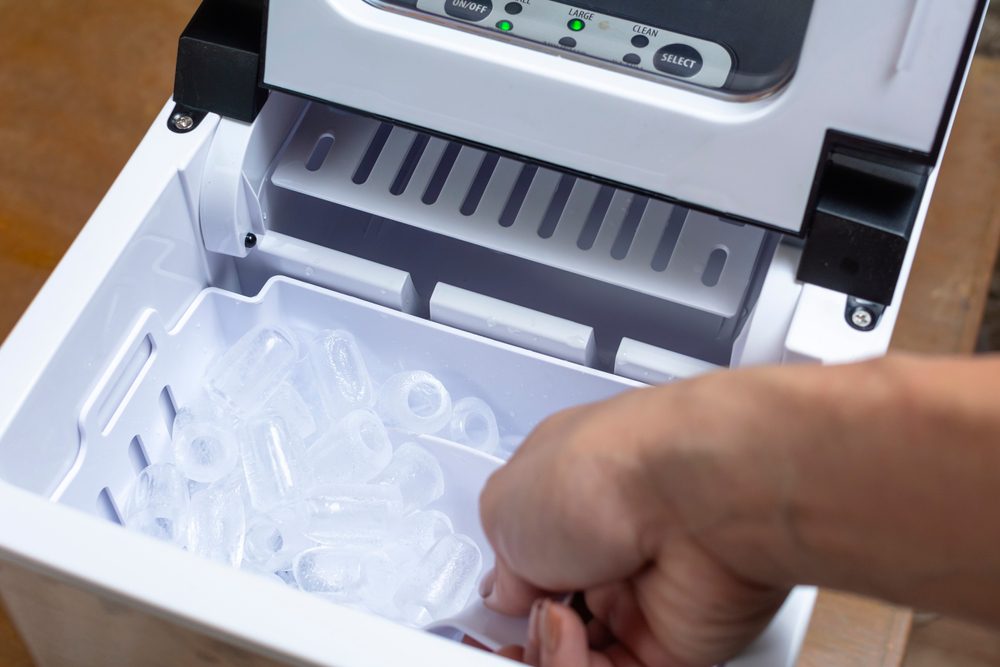
Electrical and Mechanical Issues That Can Stop Ice Production
If the basics check out and you’re still facing trouble, you might be dealing with something more technical.
1. Faulty Water Inlet Valve
The water inlet valve controls water flow to the ice maker. If it’s defective or clogged, the machine won’t get the water it needs. Replacing it might be necessary, but testing it with a multimeter first can confirm if it’s the culprit.
2. A Clogged or Dirty Filter
Most modern refrigerators have a water filter, and if it’s overdue for a change, water flow can be restricted. Check the manual for replacement recommendations—most filters need changing every six months.
3. A Broken Ice Maker Motor or Module
If everything else is functioning correctly, but your ice maker still isn’t working, a faulty motor or control module might be the issue.
These components control the ice-making cycle, and if they fail, the unit won’t produce ice. At this point, professional repair might be your best bet.
Ready to Get Your Ice Maker Fixed?
If you’ve checked everything and still can’t figure out what caused your ice maker to stop working, it might be time to call in the experts.
A Tech Repair Inc. specializes in diagnosing and fixing appliance issues quickly and efficiently.
Whether it’s a clogged water line, a faulty motor, or something in between, we’ll get your ice maker working again in no time.
Need help? Contact A Tech Repair Inc today and get back to enjoying ice-cold drinks without the hassle!




